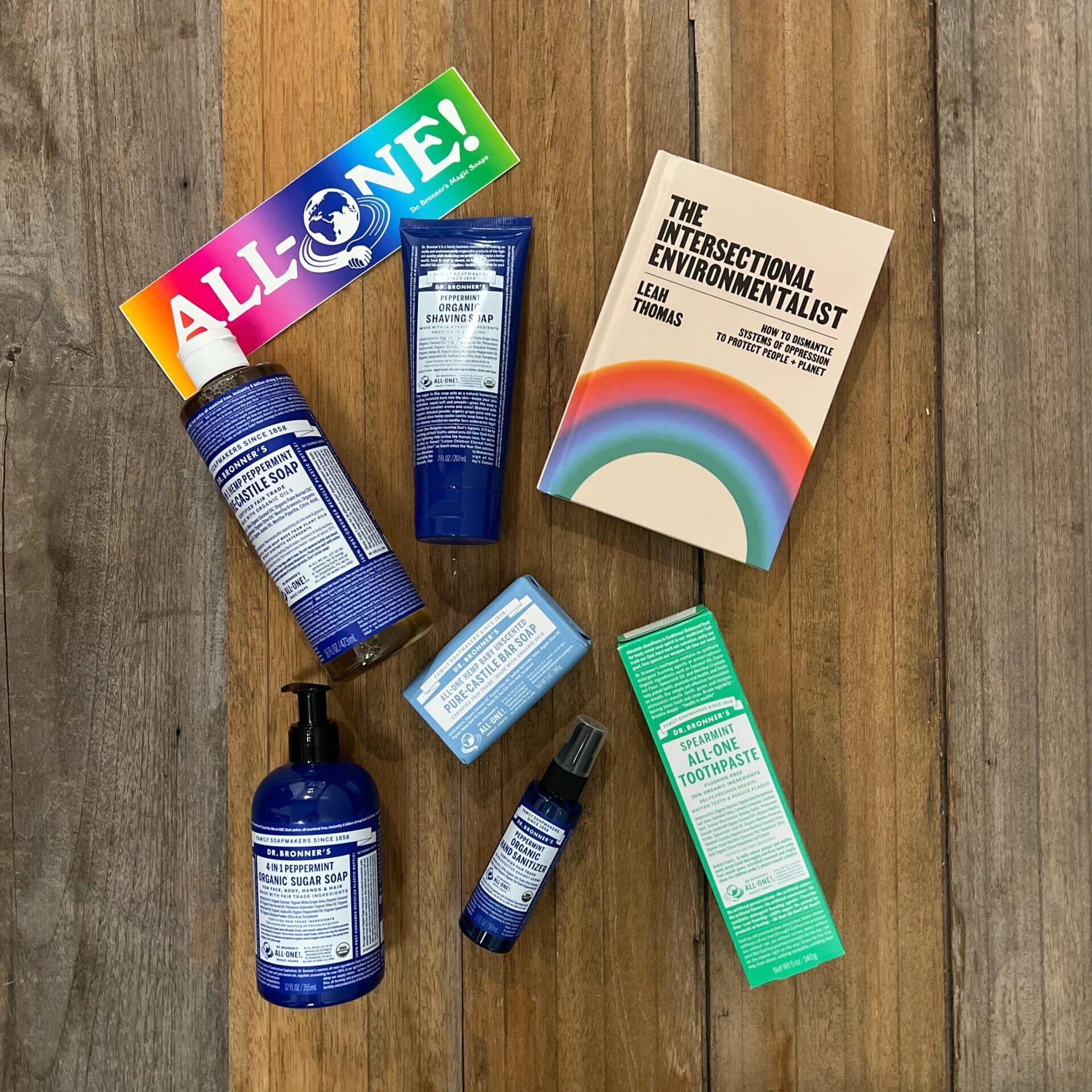
Introduction
Environmental inequities are a significant challenge worldwide.Those who contribute the least to climate change often suffer the most from its effects.
The environmental justice movement aims to create a clean and healthy environment, especially for communities of color that are disproportionately exposed to pollution. Although the environmental justice movement formally took shape in the late 1980s, its roots run deep, drawing inspiration from the civil rights, Indigenous, and labor movements. These combined efforts have laid the foundation for advocating fairness and improved living conditions for all.

Understanding Environmental Injustice
Climate change impacts are not equally distributed, with certain communities facing greater harm due to systemic inequalities. Communities of color often bear the brunt of environmental racism, being exposed to higher levels of pollutants like toxic dust, fumes, ash, and soot. This disparity, known as the “climate gap,” emphasizes the need for equitable climate solutions that address these injustices.
As climate disasters increase, people in developing countries, who are the least responsible for emissions, are being forced to leave their homes. It’s estimated that by 2050, nearly 216 million people will be displaced, becoming climate refugees. These forced migrations add further strain to already vulnerable communities, highlighting the urgent need for global climate justice.
Indigenous Peoples are also at the heart of environmental injustice, as historical and ongoing climate colonialism disregards their rights to land and self-governance. For example, the Maasai people of Tanzania, who have protected their land for generations, have been forcibly removed in the name of conservation. Acknowledging and respecting Indigenous rights is critical for ensuring fair and effective environmental protection.
Similarly, people with disabilities are often excluded from environmental policy discussions. Eco-ableism, the discrimination they face through an environmental lens, can turn sustainable practices—like promoting public transportation or banning single-use straws—into additional challenges. To build a truly inclusive environmental movement, it’s essential to uplift the voices of those with disabilities and ensure their needs are considered in climate solutions.
By addressing these intersecting issues, we can create a more just and inclusive approach to combating climate change.
The Power of Youth in the Fight for Environmental Justice
Young people have become some of the most vocal and effective advocates for change, particularly in communities hardest hit by environmental injustice. Their passion, innovation, and determination have led to landmark victories that directly challenge harmful environmental policies.
Recent legal wins by youth climate activists in Hawaii and Montana highlight how the next generation is at the forefront of creating a more just and sustainable future.
These cases demonstrate the power of legal action as a crucial tool for environmental justice. Youth-led movements not only drive policy reform but also raise public awareness, often drawing media attention that inspires others to take action. By using the courts to challenge harmful policies, young people are holding institutions accountable and pushing for systemic change.
These victories not only set important precedents but also underscore the effectiveness of organized youth mobilization. They inspire similar efforts in other regions and contribute to broader policy reforms. As climate challenges grow, these cases offer a strong blueprint for future advocacy, encouraging youth to engage in environmental groups, collaborate with legal experts and activists, and continue raising awareness of the issues at hand.
On a global scale, these legal victories contribute to the international movement for climate justice. As the spotlight on these efforts expands, they serve as a call to action for young changemakers worldwide to leverage advocacy and legal action to advance environmental protection and social justice.
Taking Action Against Environmental Injustice
Now, more than ever, it’s essential to stand unapologetically for climate and social justice in every aspect of our lives. Champion businesses and organizations that prioritize these values, like the Captain Planet Foundation and Patagonia Provisions, and actively support their missions. For those eager to take action, Earth Guardians provides invaluable resources to empower youth and other changemakers to lead the fight today.
As the impacts of climate change intensify, we must double down on our commitment to fostering a diverse, inclusive movement. Together, we can amplify our voices and drive lasting, transformative change for the planet and all its people.
EXPAND YOUR KNOWLEDGE
Expand Your Awareness
By understanding the critical connections between climate change, social justice, and environmental inequality, you can help create a future where everyone benefits from a healthy planet. Explore these resources to deepen your knowledge and inspire meaningful action.
CHALLENGES
To effectively advance the environmental movement, we must first acknowledge the critical intersections between social justice and environmental issues.
How can you apply what you learned in the GREEN challenge to address environmental injustice on your campus or in your community?
Greenest due on October 14 @ 6am PT.
Up to 100 additional points will be awarded for outstanding work.
Extraordinary individuals are using their voices, wisdom, and resources to propel movements, creating a massive ripple effect against all odds.
PRIZES
Up to 10 Greener and 10 Greenest outstanding submissions will be selected as winners.

